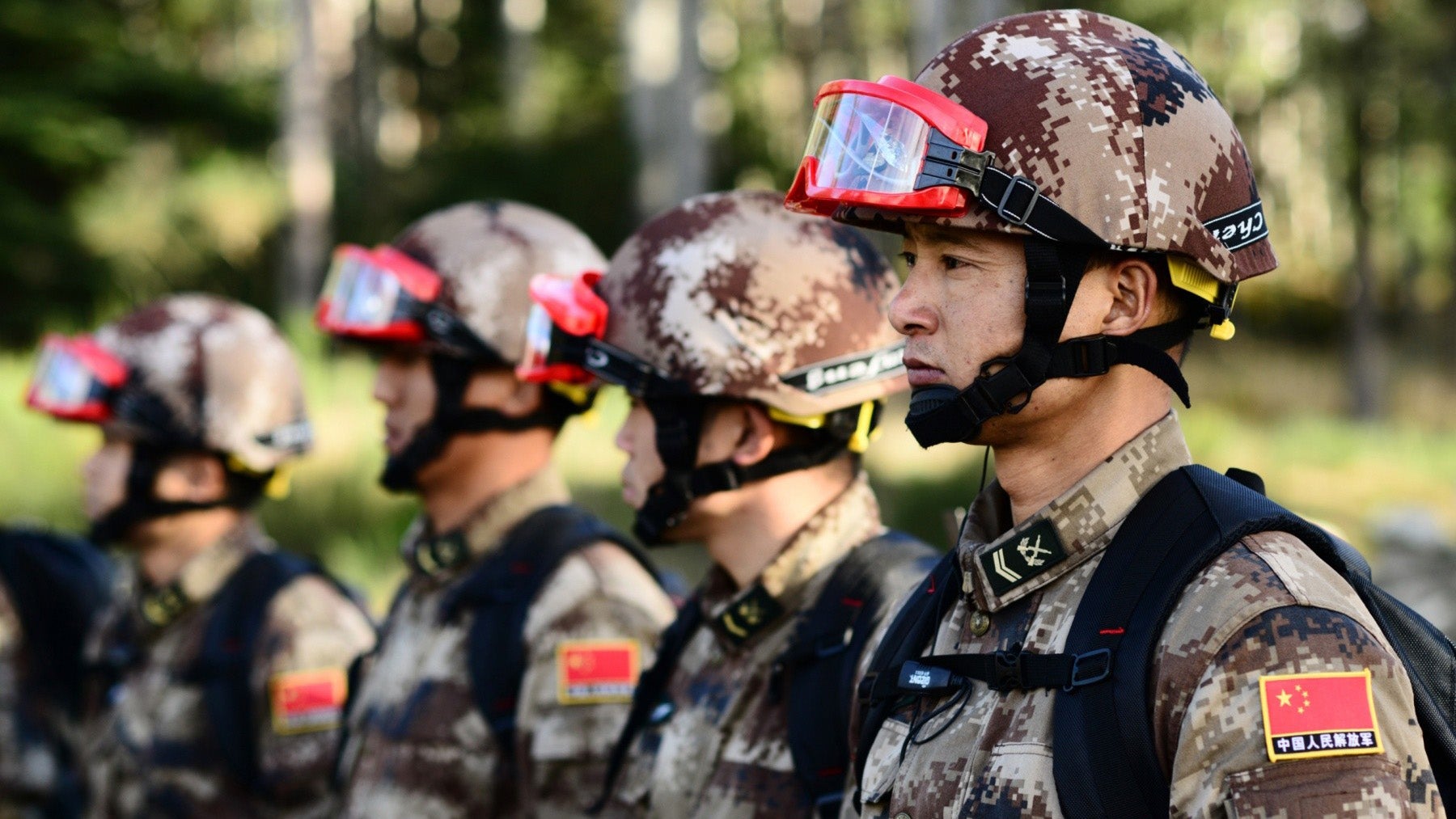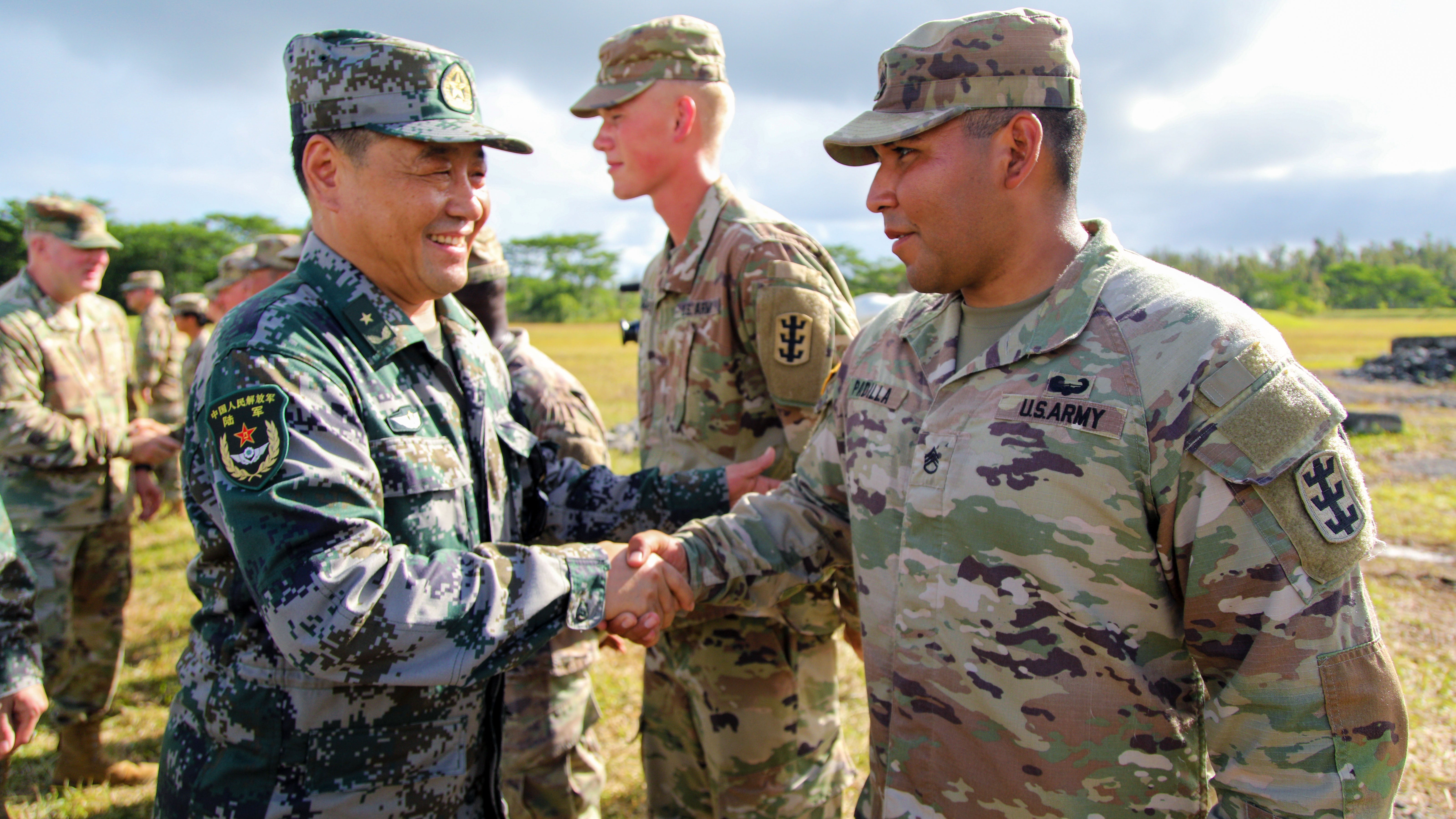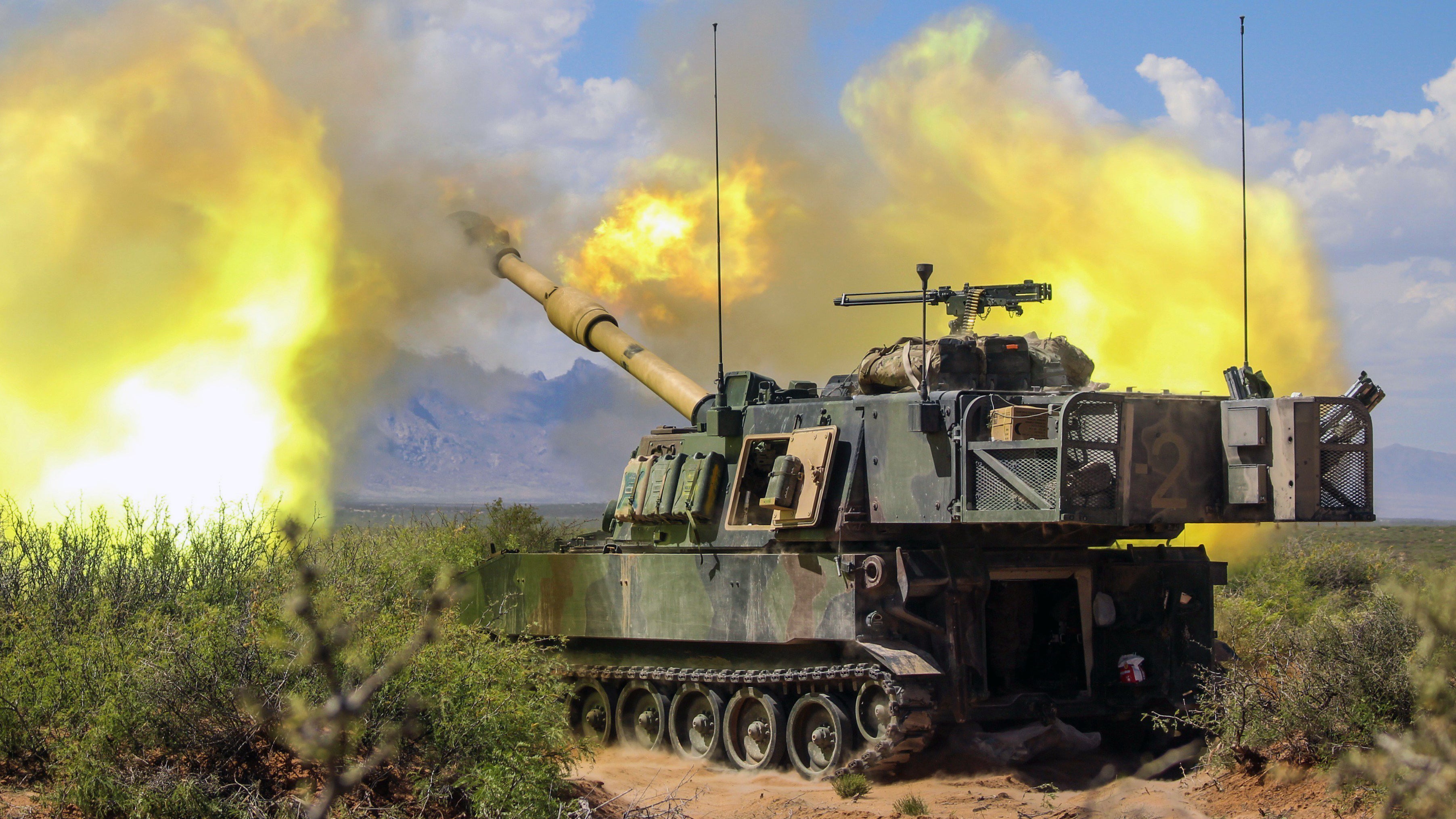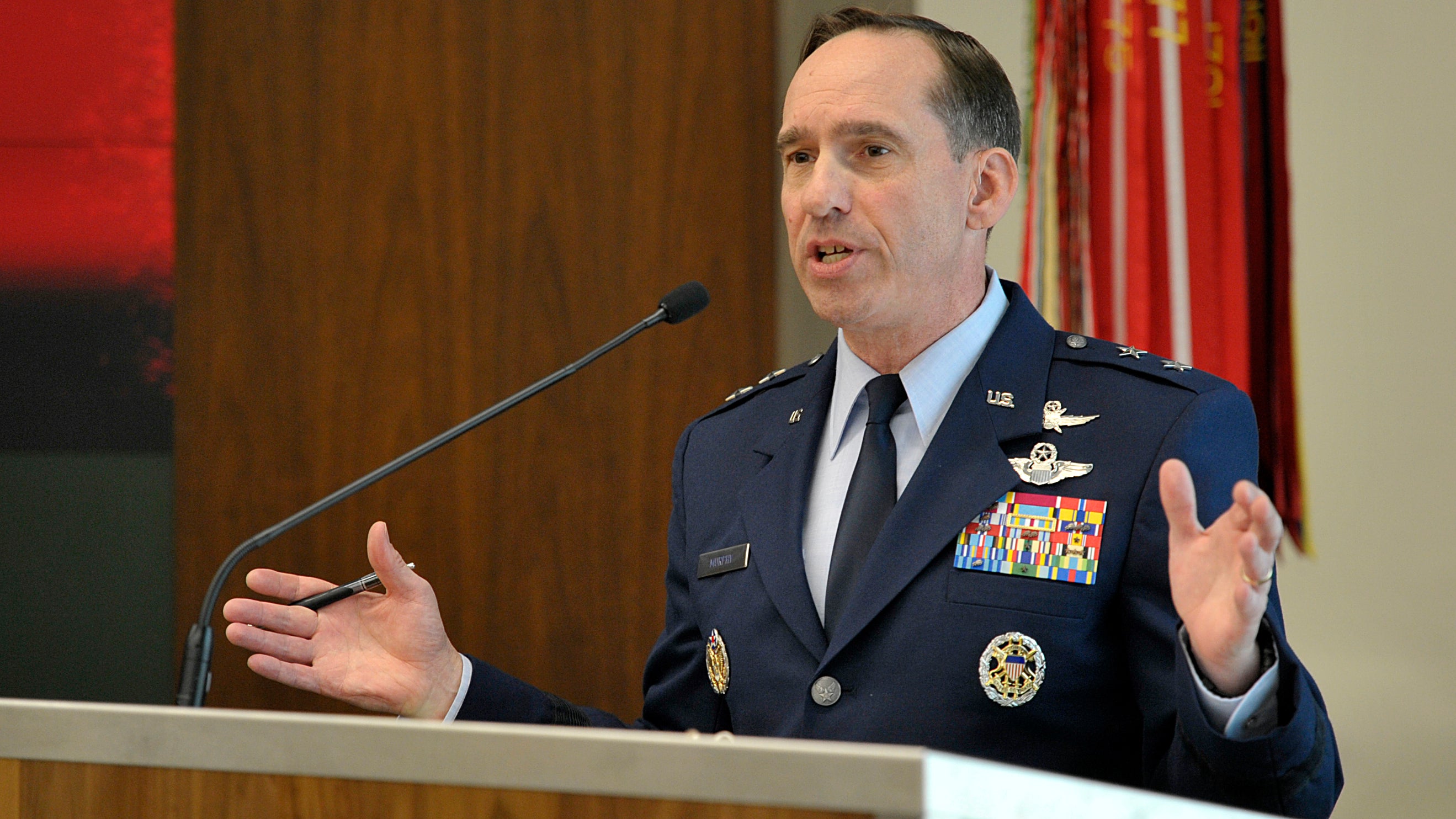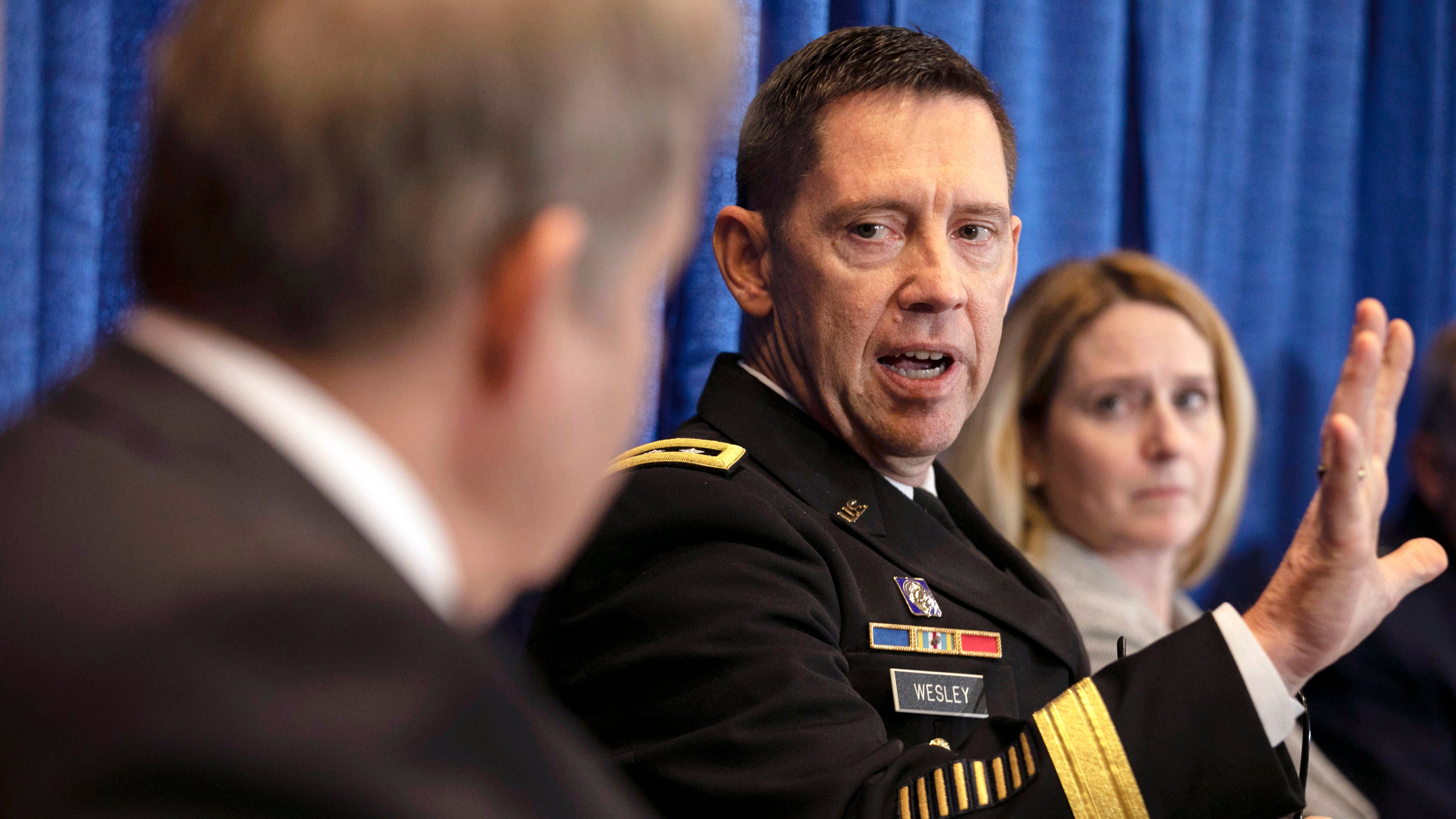China Continues Building Ability to Mobilize Army, People
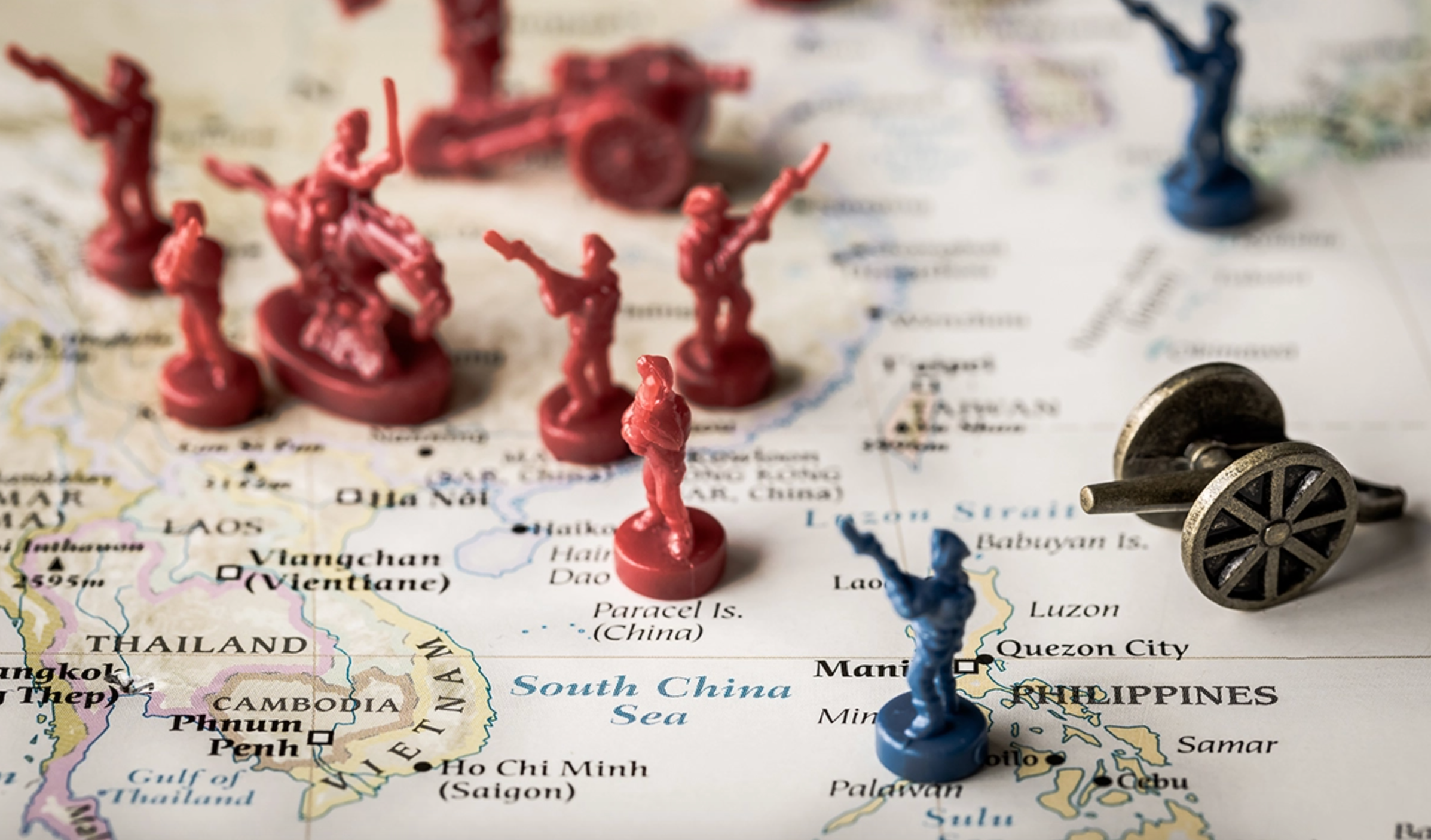
The Chinese army can “orchestrate mobilization” at a speed and scale that should make the U.S. hesitate, according to a new paper published by the Association of the U.S. Army.
“Since World War II, China has mobilized on a large scale several times—and the United States has not,” author and retired Army Col. Larry Wortzel writes.
In his paper, “Military Mobilization in Communist China,” Wortzel highlights five military campaigns between 1955 and 1979 to demonstrate China’s mobilization strength and its efforts to improve.


